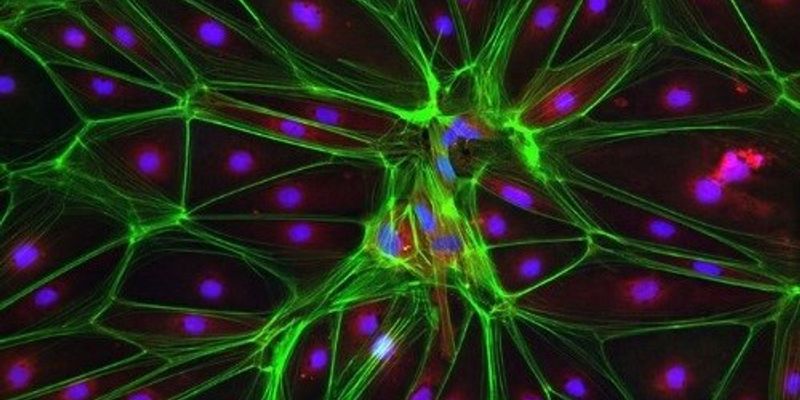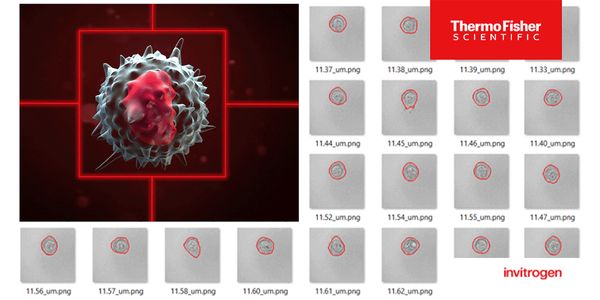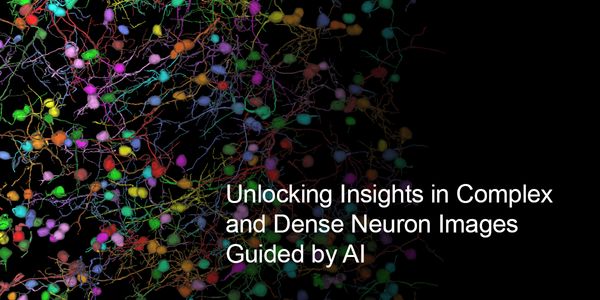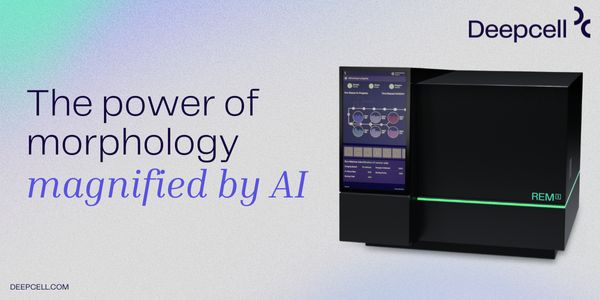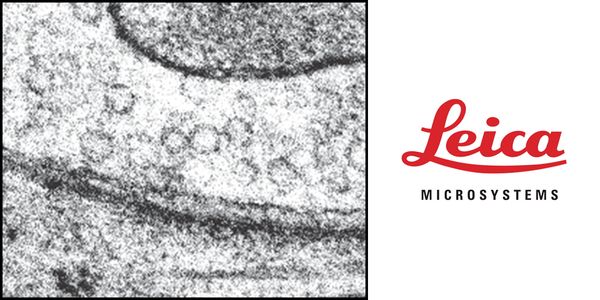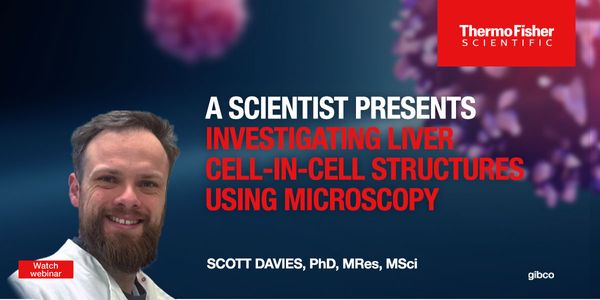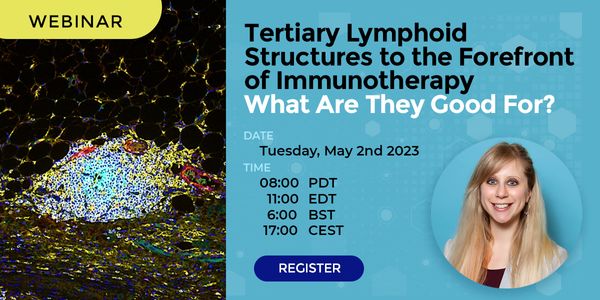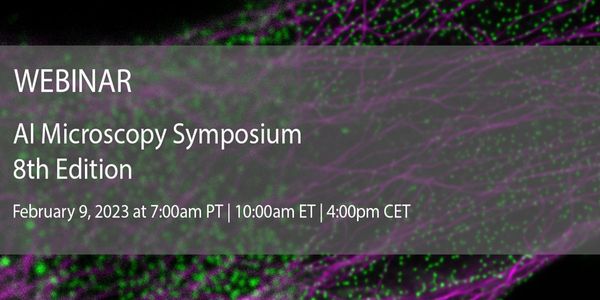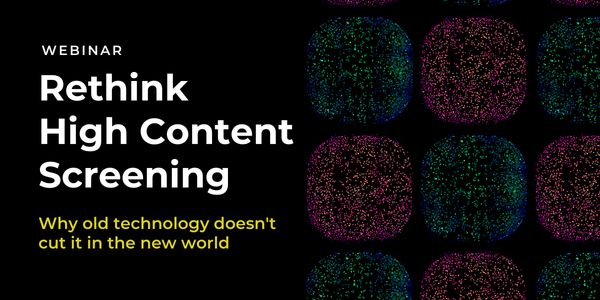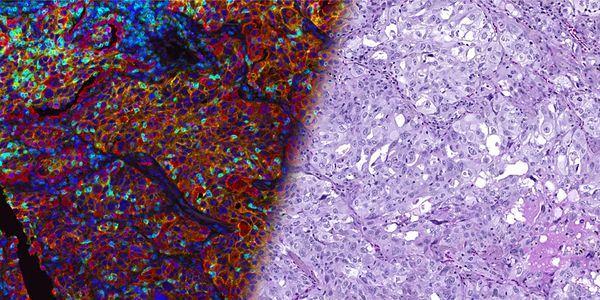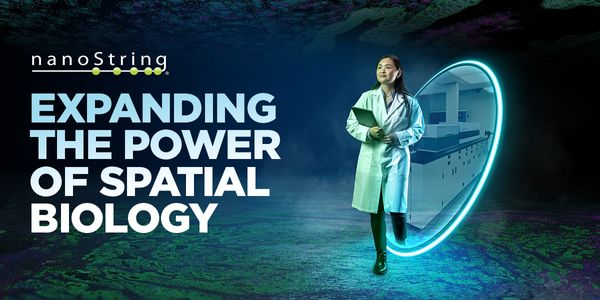Cell Imaging
Cell imaging: encloses the techniques that allow the detection and analysis of cellular organelles and macromolecules. Live cell imaging was pioneered in the first decade of the 20th century, and is used by scientists to obtain a better understanding of biological function through the study of cellular dynamics.
-
JUL 26, 2023 | 8:00 AMDifferences in how users gate populations within experiments are major sources of variability in flow...The practice of pathology is rapidly undergoing a transformation in which multiple tools such as digital imaging, advanced artificial intelligence algorithms, and computer-aided diagnostic t...
JUN 28, 2023 | 8:00 AM
3D morphological analysis of neurons often requires using different imaging modalities, capturing multiple types of neurons and inspecting neurons in a range of densities. These complexities...
JUN 20, 2023 | 10:00 AM
Spatial biology enables researchers to characterize combined molecular information and spatial...
JUN 08, 2023 | 9:00 AM
In the emergency department, distinguishing between bacterial and viral infections can be challenging, leading to inappropriate use of antibiotics that may contribute to the development of b...
JUN 07, 2023 | 9:00 AM
Join us for an introduction to the Deepcell Platform, an instrument that combines advances in high-resolution imaging, deep learning foundation models to illuminate morphology in all its dim...
JUN 06, 2023 | 9:00 AM
Transmission electron microscopy reveals the architecture of cells at nanometer resolution, but chemical fixation severely warps their native structure. The true ultrastructure of cells can...
MAY 09, 2023 | 1:00 PM
Date: May 09, 2023 Time: 5:00am (PDT), 8:00pm (EDT), 2:00pm (CEST) Advances in high content imaging (HCI) have improved the use of cell culture to make a large number of comparisons within i...
MAY 02, 2023 | 8:00 AM
Abstract Learning Objectives Define a tertiary lymphoid structure in human cancer Describe the tumor microenvironment factors that influence the formation of tertiary lymphoid structures Ide...
Date: April 26, 2023 Time: 8:00am (PDT), 11:00am (EDT), 5:00pm (CEST) The heart is a 380-million-year-old organ, yet we do not have a complete understanding of the molecular landscape in the...
During my research career I have worked to further understanding of how intracellular organisation changes in response to the needs and environment of the living cell, focusing on the regula...
APR 05, 2023 | 1:00 PM
Date: April 04, 2023 Time: 10:00pm (PDT), Date: April 05, 2023 Time: 2:00am (EDT), 7:00am (CEST), 1:00pm (SGT) This seminar provides an overview of fluorescence microscopy in cancer research...
MAR 30, 2023 | 8:00 AM
Date: March 30, 2023 Time: 8:00am (PST), 11:00am (EST), 5:00pm (CET) Join the Gibco Cell Culture Heroes webinar featuring Heather Beasley, PhD as she presents "SLC25A46 as a Novel Mitoc...
Spatial mapping of pain-associated G-Protein coupled receptors and bio-marker localization in mouse brain using RNAscope HiPlex v2 and RNA-Protein Co-Detection Assays....
Speaker:
Sayantani Basak, PhD
MAR 07, 2023 | 9:00 AM
Date: March 07, 2023 Time: 9:00am (PST), 12:00pm (EST), 6:00pm (CET) The ability to synthesize and sequence vast numbers of DNA constructs is a cornerstone of modern high-throughput biologic...
FEB 15, 2023 | 7:00 AM
Date: February 15, 2023 Time: 7:00am (PST), 10:00pm (EST), 4:00pm (CET) While not all microscopy samples can fluoresce, all can scatter light, and this scattered light can be imaged. This ha...
Speaker:
Philipp Kukura
, Francesco Reina
, Matthew Kose-Dunn
, Phil Allen
Sponsored By: Teledyne Photometrics
FEB 09, 2023 | 7:00 AM
Date: February 09, 2023 Time: 7:00am (PST), 10:00pm (EST), 4:00pm (CET) The AI Microscopy Symposium offers an unique forum for presenting...
JAN 25, 2023 | 10:00 AM
Date: January 25, 2023 Time: 10:00am (PST), 1:00pm (EST), 7:00pm (CET) The field of proteomics is poised for a single-molecule revolution – enabling more comprehensive analysis of the...
DEC 08, 2022 | 10:00 AM
Date: November 08, 2022 Time: 9:00am (PST), 12:00pm (EST), 6:00pm (CET) In this webinar, scientists from Araceli Biosciences examine how high content screening (HCS) needs have changed in th...
Date: November 01, 2022 Time: 7:00am (PDT), 10:00am (EDT), 3:00pm (CET) Molecular imaging of living specimens offers a means to draw upon the growing body of high-throughput molecular data t...
OCT 26, 2022 | 8:00 AM
Date: October 26, 2022 Time: 8:00am (PDT), 11:00am (EDT), 5:00pm (CEST) Immunotherapy has transformed the treatment of metastatic and recurrent solid tumors. Advances in technology in the pa...
OCT 20, 2022 | 9:00 AM
Date: October 13, 2022 Time: 11:00am (PDT), 12:00pm (EDT), 6:00pm (CEST) Single-cell atlases mapping immune cells provide hints on how immune cells mature, attenuate, and disseminate through...
OCT 19, 2022 | 10:00 AM
Date: October 19, 2022 Time: 10:00am (PDT), 1:00pm (EDT), 7:00pm (CEST) In this webinar, we will introduce the generation and applications of Biocytogen’s severely immunodeficient (B-N...
Coronavirus Immunotherapeutic Consortium (CoVIC) is an international effort to conduct side-by-side, apples-to-apples comparisons of leading therapeutic antibody candidates against the SARS-...
JUL 26, 2023 | 8:00 AM
Differences in how users gate populations within experiments are major sources of variability in flow...
The practice of pathology is rapidly undergoing a transformation in which multiple tools such as digital imaging, advanced artificial intelligence algorithms, and computer-aided diagnostic t...
JUN 28, 2023 | 8:00 AM
3D morphological analysis of neurons often requires using different imaging modalities, capturing multiple types of neurons and inspecting neurons in a range of densities. These complexities...
JUN 20, 2023 | 10:00 AM
Spatial biology enables researchers to characterize combined molecular information and spatial...
JUN 08, 2023 | 9:00 AM
In the emergency department, distinguishing between bacterial and viral infections can be challenging, leading to inappropriate use of antibiotics that may contribute to the development of b...
JUN 07, 2023 | 9:00 AM
Join us for an introduction to the Deepcell Platform, an instrument that combines advances in high-resolution imaging, deep learning foundation models to illuminate morphology in all its dim...
JUN 06, 2023 | 9:00 AM
Transmission electron microscopy reveals the architecture of cells at nanometer resolution, but chemical fixation severely warps their native structure. The true ultrastructure of cells can...
MAY 09, 2023 | 1:00 PM
Date: May 09, 2023 Time: 5:00am (PDT), 8:00pm (EDT), 2:00pm (CEST) Advances in high content imaging (HCI) have improved the use of cell culture to make a large number of comparisons within i...
MAY 02, 2023 | 8:00 AM
Abstract Learning Objectives Define a tertiary lymphoid structure in human cancer Describe the tumor microenvironment factors that influence the formation of tertiary lymphoid structures Ide...
Date: April 26, 2023 Time: 8:00am (PDT), 11:00am (EDT), 5:00pm (CEST) The heart is a 380-million-year-old organ, yet we do not have a complete understanding of the molecular landscape in the...
During my research career I have worked to further understanding of how intracellular organisation changes in response to the needs and environment of the living cell, focusing on the regula...
APR 05, 2023 | 1:00 PM
Date: April 04, 2023 Time: 10:00pm (PDT), Date: April 05, 2023 Time: 2:00am (EDT), 7:00am (CEST), 1:00pm (SGT) This seminar provides an overview of fluorescence microscopy in cancer research...
MAR 30, 2023 | 8:00 AM
Date: March 30, 2023 Time: 8:00am (PST), 11:00am (EST), 5:00pm (CET) Join the Gibco Cell Culture Heroes webinar featuring Heather Beasley, PhD as she presents "SLC25A46 as a Novel Mitoc...
Spatial mapping of pain-associated G-Protein coupled receptors and bio-marker localization in mouse brain using RNAscope HiPlex v2 and RNA-Protein Co-Detection Assays....
Speaker:
Sayantani Basak, PhD
